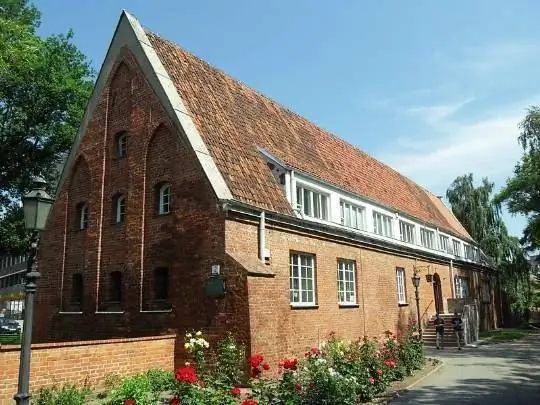
Description of the attraction
The real adornments of the Raduni Canal, which appeared in Gdansk in 1310, are considered to be two mills - Bolshaya and Malaya. A large mill, erected in the middle of the 14th century, was used for its intended purpose: it was the largest grain processing facility in all of Europe at that time. The small mill, despite its name, has never been used for production purposes. It was built by the Teutonic Knights as a barn for storing food processed at the Great Mill. Ground rye, wheat, oats and barley were stored in the premises of the small mill.
A small brick building, built in the Gothic style around 1400, hung over the canal. It was equipped with a sloping tiled roof. In addition to the Big and Small mills, the industrial complex of the Teutons also included stables, where horses were kept bringing carts with grain, a bakery selling fresh pastries, and a house for the manager of the entire enterprise.
In 1454, the nobility and townspeople of the city of Gdansk joined King Casimir IV, who sought to expel the Teutonic Order from Poland. After the last knights left the city, Gdansk celebrated this event with the expropriation of all the knights' enterprises, including the mills on the Radun canal.
The small mill was seriously damaged during the Second World War, but has been restored to its original form. Now its halls house the Association of Polish Fishermen. Tourists can get to the middle of the mill if they are smart and come up with some plausible excuse.






